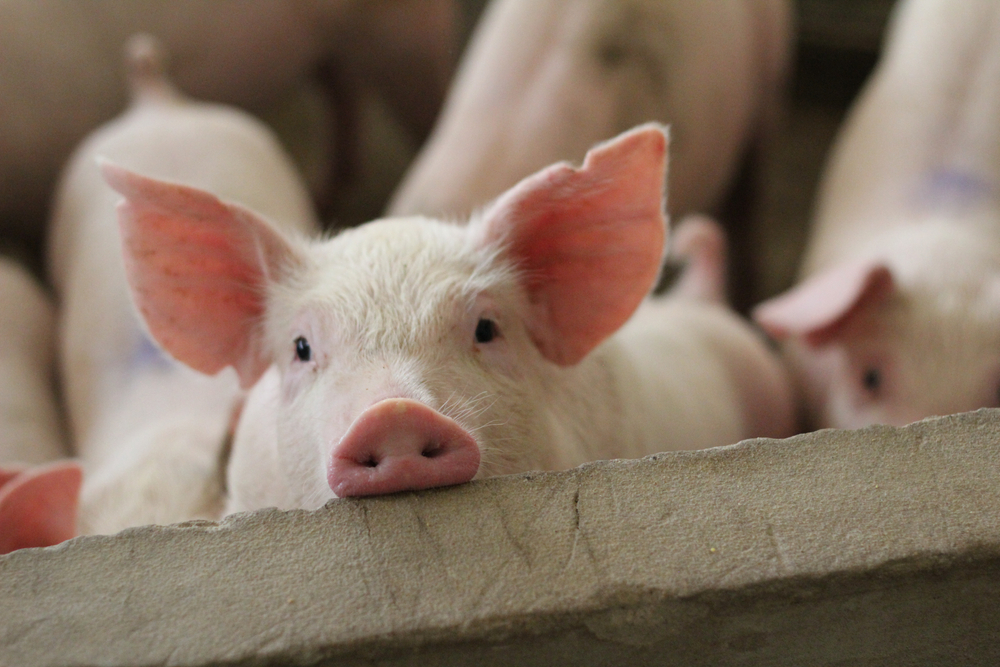Fresh revelations from a study conducted by Duke-NUS Medical School scientists have unearthed multiple strains of swine flu viruses circulating within Cambodian pigs over the past decade and a half.
The discovery puts forth the urgent need for enhanced surveillance and warns of a potential pandemic risk.
Hidden Threats within Pork Production
Pork production has seen a substantial rise over the last 50 years. With it, the risks associated with the spread of swine flu viruses have intensified. Pigs play a pivotal role in this scenario, acting as a bridge for the potential transfer of influenza viruses between avian, swine, and human hosts. This mix results in the emergence of new viral strains.
Newly Launched: Do you want to find out your Monotropism level? Take the Monotropism Questionnaire here.
A Deep Dive into the Study
The in-depth study was steered by renowned scientists from the Emerging Infectious Diseases (EID) Programme. Their efforts unveiled genetically diverse influenza A viruses thriving within pigs. Shockingly, many of these strains have been circulating undetected for several years.
This study was done with the collaboration of several organisations. They include the London School of Hygiene & Tropical Medicine and the National Animal Health and Production Research Institute in Phnom Penh. The Duke-NUS team amassed 4,089 nasal swabs from pigs across four provinces in Cambodia between March 2020 and July 2022. Alarmingly, 2% of these samples returned positive for the influenza A virus.
What the Data Reveals
- Researchers identified nine distinct swine influenza A virus groups
- Researchers have not detected several of these, including multiple H3 lineages, for periods ranging from 2 to 15 years.
- An H1N1 subtype, traceable back to the 2009 pandemic, was predominant.
- A previously undetected swine European H1N2 variant, originally avian but with North American genes, was identified in Cambodia.
- Two seasonal viruses detected likely have origins in Thailand.
Virus Mobility: A Look Across Borders
The scientists delved into the cross-border mobility of the viruses. Additionally, they established that European swine flu viruses first made their way into South Central China and Southeast Asia in the early 2000s. Since about 2010, genetic data pinpointed South Central China as the chief transmission source of these viruses. Subsequently, this spread across Southeast Asian countries, including Cambodia.
Why This Matters
“While swine influenza viruses typically cause mild symptoms in pigs, they pose a pandemic threat to humans, as the human population may lack immunity or have inadequate protection against new strains of swine influenza viruses. Therefore, systematic surveillance is crucial in early detection and warning of new subtypes or strains,” emphasised Professor Gavin Smith, Director of the EID Programme and an author of the study.
Future Endeavours
The recent discoveries beckon further exploration into these new strains. The Duke-NUS team is on track to develop a comprehensive platform to identify primary swine flu genetic subtypes. This initiative will be inclusive of avian, swine, and human subtypes, providing a holistic view of potential infection patterns within both pig and human populations.
In Conclusion
Professor Patrick Tan of Duke-NUS accentuated the imperative nature of continuous surveillance. “Routine and sustained surveillance is indispensable in identifying new viruses so that their transmission risk can be assessed. It is therefore critical that more efficient and continuous surveillance methods are integrated with automated analytical tools to rapidly provide information on changes in human and animal pathogens.”
Finally, this revelation is concerning. Therefore, it is a timely reminder of the need to stay vigilant, enhance our surveillance efforts, and ensure adequate preparations to curtail the spread of such viruses.














